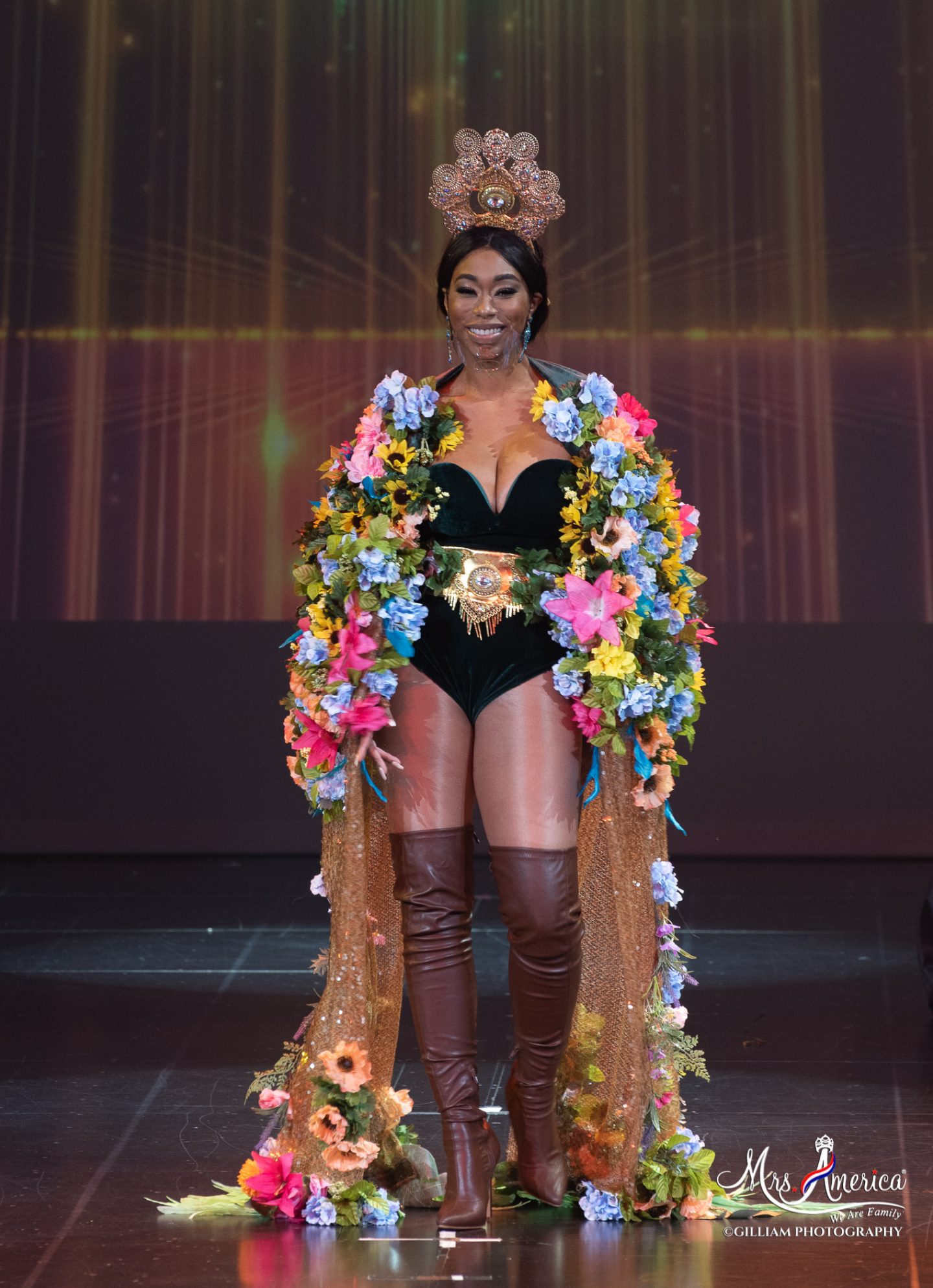I have been in the process of revamping my entire wardrobe. In doing so I decided to invest in quality pieces that are timeless and can be used throughout the year. Also, I decided to invest in quality accessories including luxury handbags for my collection. So my focus for this year has been luxury brands that are timeless, with great quality and pieces I am able to pass down to my daughters. I want to share with you how I am able to save up money in order to afford luxury handbags.
One of the things I want to share with you today is how I save money in order to be able to afford these luxury items I have been adding to my collection. I do not want you to feel that you are not able to afford luxury brands that you see all over your social media or during those weekend trips to the mall. Black girls can have a luxury as well. If you think it’s not in your budget.

By no means do I think you have to own designer pieces. Style is subject and if you style a $10 handbag you can also style a $1000 bag. But by no means am I implying you have to have luxury brands in your closet. This is just my personal preference.
I have been purchasing luxury bags for quite some time and I have gone about this in many different ways. Many ways include, purchased consignment, directly from the stores, and I have also used layaway options in order to afford the luxury items that I love. Each time I set a budget for each piece and planned accordingly.
For example, My first Chanel bag I wanted to purchase directly from the store, which I did. You know, have the Chanel experience. It was fabulous. White glove service, champagne, you name it. However, I felt so guilty spending that amount of money that I returned it and found the same bag(in the jumbo size) for much less and amazing quality. I have an entire Youtube video unboxing that bag HERE. That’s when I knew preloved bags were for me.
Let’s discuss my top five ways I have been able to afford designer brands on a budget.
- I stopped eating out. This included coffee and purchasing lunch. Brown bag me please. You may think that $2 coffee won’t be missed each day but let’s do some simple math.
If you order a basic coffee at $2 a day, 4 times a week that will equal $416. That’s the amount of a small Chanel card holder or preloved wallet. Now imagine if you cut out ordering lunch and coffee each day.
Currently, a salad from most retailers here in New Jersey range from $9-$11 dollars with tax. $8 per day, 5x’s per week. That’s $2,080 just from bringing your own lunch to work. See how small changes can yield a big reward.
- Reselling my old clothes and shoes. I use sites like Poshmark to resell my items. You will be surprised at the amount of money you have sitting around in your closet. Those jeans that don’t fit anymore. Or if you’re like me, those items you got in a smaller size for when you lose weight. Time to go. This week alone I came across two items with the tags still attached.
- I saved my tip money from work and never counted it. As a hairstylist, I’m blessed to have clients who also pay me gratuities after receiving their hair services. I just save the additional funds and compound on them over time. Again, that extra $5-$10 bucks adds up quickly.
- I purchased pre-loved items. This by far has been the best way I have been able to afford designer items. The key is being patient, and being ok with a few imperfections. Remember, it will be preloved which means it won’t always be perfect. Knowing this beforehand and being able to access the quality of the items beforehand will be essential. I have an older post HERE, showing you how I saved over $1500 by buying preloved handbags.
One of my favorite sites even offers a layaway payment plan. And they discount items all the time. I’ll leave my favorite reseller below.
- Lastly, I ask for cash on major holidays. Christmas, birthdays, anything special. Everyone knows I love cash and gift cards lol. I saved my Christmas money for 2 years straight to afford one of my purchases.
I also want to share that selling the bags I no longer wear has been another way to get the newest bags I wanted. It’s almost like exchanging for a new bag. However, there have been a few times I made more money than I spent on the bag. This happens when I resell my Louis Vuitton and Chanel items. Everything else is typically a trade in. I sell my items and use that money to fund my newest purchase.

For the past two years I’ve created a separate savings account that I use for these types of purchases. I don’t own a debit card for this account and if I want to withdraw from the account I have to go into the bank. This has helped me not touch these funds and helps manage my money efficiently. I’m one of those people who will find other uses for the money and never treat myself to anything. Not anymore.
I work hard, and deserve nice things. Period.
I had to repeat this to myself time and time again. Now that I believe it I’m able to splurge on the things I love. Without an ounce of regret or guilt.
Here is the website I use the most to purchase preloved designer handbags. They also have a layaway plan, just FYI. Don’t say I never shared my secrets lol. HERE






